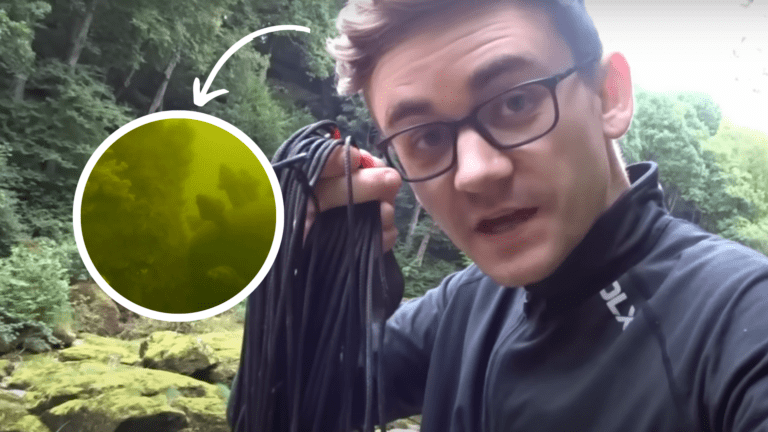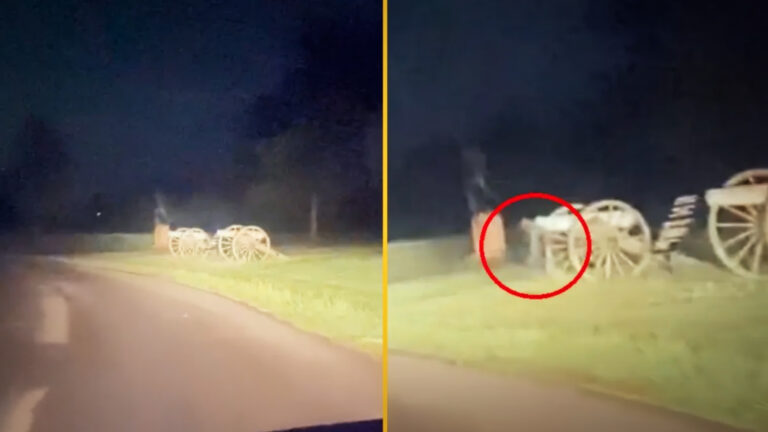Miraculous Escape: Diver Cheats Death After 35 Minutes on Ocean Floor With Just Six Minutes of Air
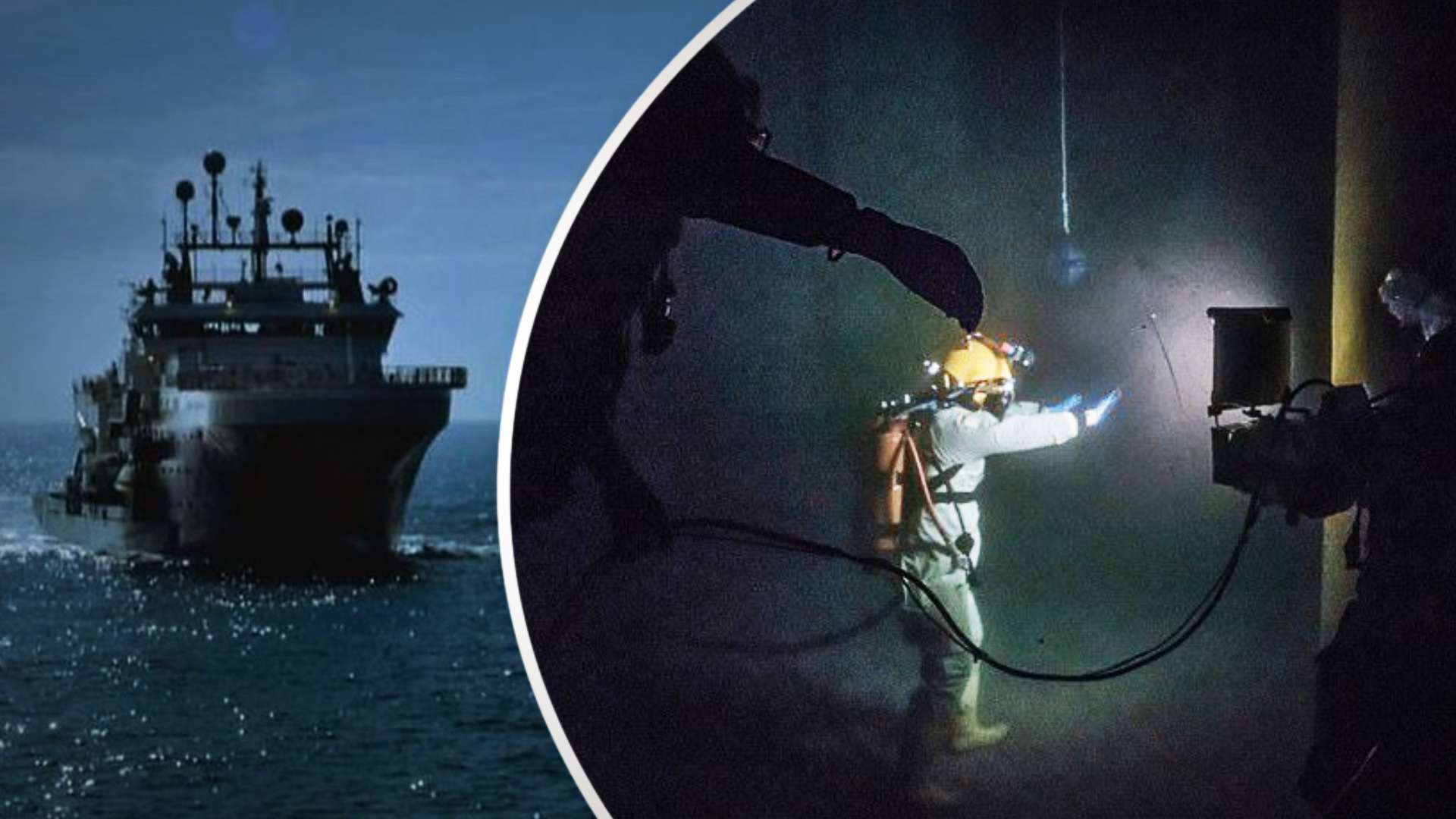
Introduction: A Story of Survival in the Depths of the North Sea
Chris Lemons, a commercial diver, defied all odds in one of the most harrowing underwater survival stories ever documented. In September 2012, while working nearly 100 meters below the surface of the North Sea, a freak accident left him stranded without oxygen, light, or heat. Against all expectations, Lemons survived an ordeal that seemed destined to end in tragedy.
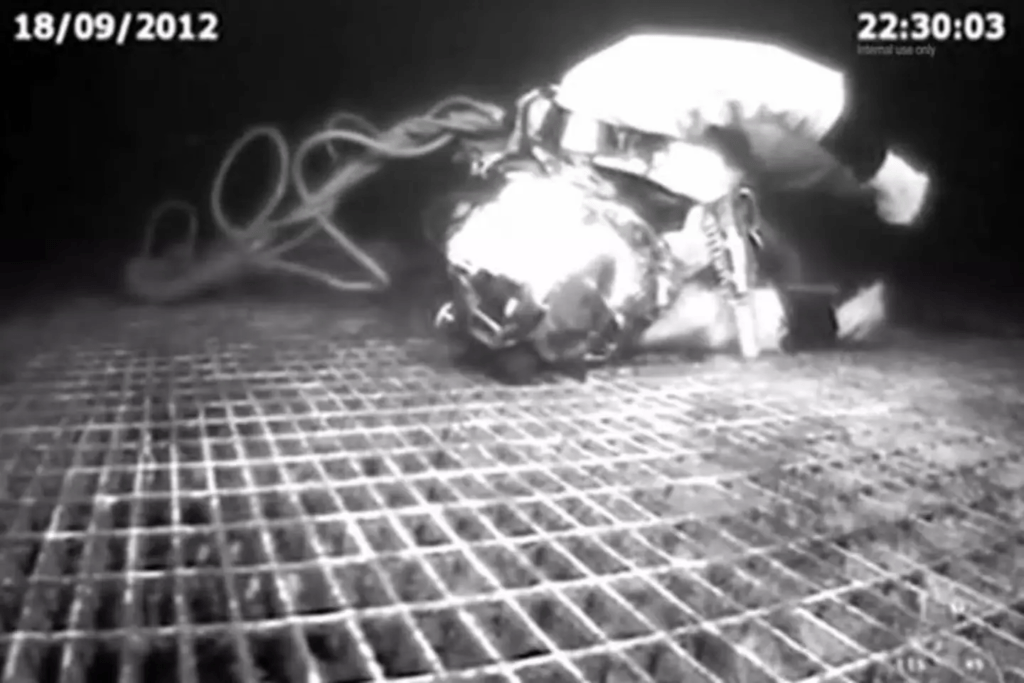
This extraordinary story, immortalized in the 2019 documentary Last Breath (available on Netflix), continues to captivate audiences. But how did Lemons manage to survive for over 35 minutes on the ocean floor with only six minutes of emergency air? His miraculous survival was not just a result of luck—it was a testament to his resourcefulness, training, and the unrelenting human will to survive against all odds. This article explores the harrowing details of his ordeal and how he managed to cheat death in the deep waters of the North Sea.
A Routine Dive Turns Into a Nightmare
Chris Lemons, alongside fellow divers Dave Youasa and Duncan Allcock, was part of a team tasked with repairing an oil rig structure at the Huntington Oil Field, located east of Peterhead, Aberdeenshire. The crew descended from their vessel, the Bibby Topaz, via a diving bell—a pressurized chamber designed to support deep-sea workers.
The mission began like any other day, despite rough weather conditions, with winds reaching 35 knots. Such conditions were typical for the North Sea during that season, and the team was prepared for the challenge. However, an unforeseen technical malfunction quickly turned their routine dive into a life-or-death situation. Without warning, disaster struck when the vessel’s vital systems failed, and the divers found themselves fighting for survival in the middle of the ocean.
This event didn’t just put Lemons in danger—it also created a complex situation for the entire team above and below the water. The risks of deep-sea diving are always present, but the real threat that day came from a failure of technology, not human error, making this incident even more chilling. The combination of human courage and technological failure created a unique, high-stakes situation that none of the divers had ever experienced before.
Disaster Strikes: A System Failure at the Surface
While Lemons worked on repairing a pipe on the seabed, an alarm pierced through his earpiece. His supervisor, Craig, urgently instructed the divers to return to the diving bell.
Initially, Lemons and his colleagues had no idea what was unfolding above. Unbeknownst to them, the Bibby Topaz’s dynamic positioning system—a vital technology that keeps the ship in place without anchors—had failed. This caused the massive 8,000-ton vessel to drift uncontrollably in the rough sea. As the ship moved, the divers’ lifeline, the umbilical cable, became snagged on the underwater structure they were working on.
The umbilical cable was more than just a safety line—it provided the divers with their oxygen, warmth, light, and a connection to the surface. As the ship drifted, the cable snapped, leaving Lemons isolated and vulnerable in total darkness on the ocean floor. This failure was not just a technical malfunction; it was a potential death sentence. The vast expanse of the North Sea, the freezing temperatures, and the depth of nearly 100 meters made every second that passed an agonizing wait for Lemons, as he had no way to communicate with his team or even know if they were aware of his peril.
Stranded With Only Six Minutes of Air
Without his lifeline, Lemons relied on his emergency bailout bottle, which contained just six minutes of breathable gas. In the freezing waters of the North Sea, every second counted, and the pressure to act quickly was immense. He knew that the chances of surviving without oxygen for long were slim, but he refused to give in to panic. Instead, Lemons methodically tried to assess his situation.

“I knew I was on a countdown clock, and it was ticking fast,” Lemons later recounted. Despite his best efforts, he could not locate the diving bell in the pitch-black surroundings. Accepting his fate, he climbed onto the structure he had been repairing and prepared for the worst. The freezing cold water made it difficult for him to think clearly, but his training kicked in. He knew that his best chance of survival was to stay calm, preserve his energy, and hope that his colleagues would find him in time.
As hypothermia began to set in, Lemons lost consciousness, his colleagues unaware of whether he was dead or alive. The timing was critical—each passing moment was a potential death sentence, and Lemons had no control over the situation. It was a waiting game, and the uncertainty of whether or not he would be found in time was overwhelming.
A Race Against Time: The Rescue Effort
Above and below the surface, Lemons’ team launched a desperate rescue mission. Using a remote underwater vehicle (ROV), they managed to locate him. Remarkably, the camera feed showed Lemons—who had been unconscious for over 30 minutes—waving weakly for help. His movements were a sign that he was still alive, albeit barely.
Divers Youasa and Allcock raced to reach their colleague, hauling him back to the diving bell. The physical toll of the deep-sea conditions made the rescue operation even more perilous. As they navigated the dangerous waters to retrieve him, they knew every second counted. Getting Lemons back to safety wasn’t just a matter of physically hauling him up—his team had to act swiftly to prevent brain damage from prolonged oxygen deprivation.
Miraculously, Lemons regained consciousness during the rescue, despite having lost his vital connection to the surface for so long. His heart-wrenching, yet triumphant return to life gave the team hope. They had successfully found their colleague against all odds. Lemons’ first moments of consciousness were filled with disorientation, but he quickly realized that his colleagues had not given up on him. The rescue operation was a testament to their determination and quick thinking.
The Science Behind the Survival
Surviving for 35 minutes with only six minutes of air seems impossible, yet Lemons emerged from the ordeal without lasting injuries. How did this happen?
Experts believe the extreme cold of the water slowed his metabolism, conserving oxygen. Additionally, the gas mixture commercial divers use—highly concentrated in oxygen—likely saturated his tissues and cells, providing enough reserves to sustain him during the crisis. In essence, the combination of cold water and oxygen-rich gas allowed Lemons to survive far longer than anyone would have predicted.
But Lemons’ survival also had to do with his body’s extraordinary ability to withstand extreme conditions. Underwater, the human body functions differently than it does on land. The absence of air and the extreme cold put his body into a state of “suspended animation,” drastically slowing down his biological functions. While this is not something that can be relied upon in every situation, it was an incredible factor in Lemons’ survival.
Life After the Near-Death Experience
Incredibly, just three weeks after his brush with death, Lemons returned to diving alongside the very same colleagues who helped save his life. His story continues to inspire countless individuals, shedding light on the extraordinary resilience of the human body and the courage of those working in extreme environments.
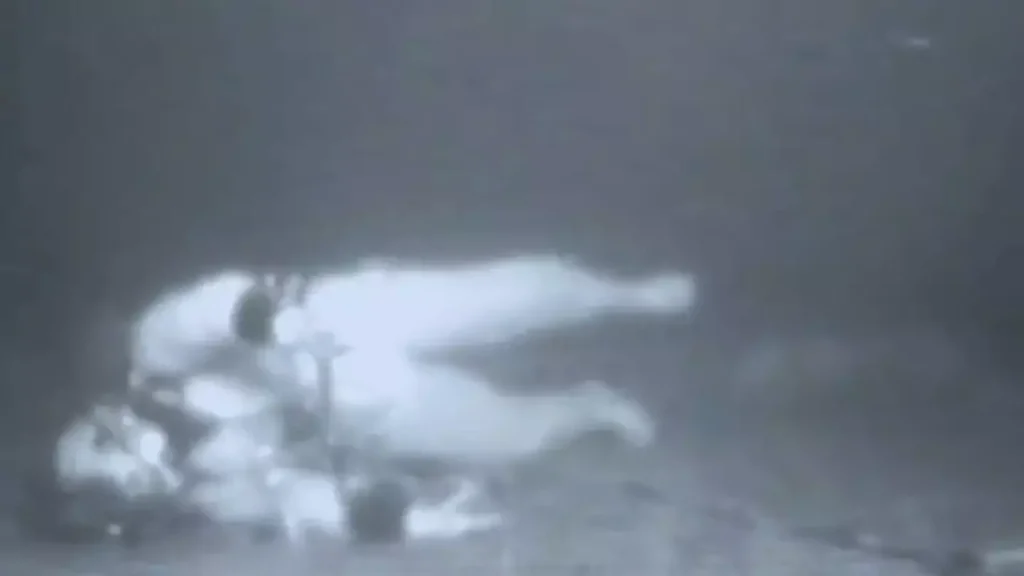
Lemons’ return to the water so soon after his traumatic experience speaks volumes about his mental strength and commitment to his profession. His colleagues, who had feared for his life just weeks earlier, now stood by him, supporting him as he resumed diving. The team’s bond was stronger than ever, as they had been through a life-altering experience together.
Though Lemons could have taken time off to recover physically and mentally from the ordeal, his decision to dive again so soon demonstrates the power of the human spirit. It was a remarkable recovery, and Lemons’ story serves as a powerful reminder that sometimes, survival is just the beginning of an even greater journey.
The Documentary: Reliving the Ordeal
Chris Lemons’ story is chronicled in the critically acclaimed documentary Last Breath, which combines real footage from the incident with emotional interviews from those involved. The film offers viewers a gripping look into the dangers of commercial diving and the heroic efforts of the team that saved Lemons’ life.
The documentary provides an intimate portrayal of the events, highlighting not just Lemons’ struggle to survive, but also the mental and emotional toll the incident took on his colleagues. The real-time footage of the diving bell and the dramatic rescue efforts help convey the extreme conditions faced by the divers. It’s a powerful film that shows the raw humanity and extraordinary perseverance of those working in the depths of the ocean.
Final Thoughts: A Testament to Human Endurance
Chris Lemons’ survival is a powerful reminder of human endurance, teamwork, and the unpredictable forces of nature. From a hopeless situation to an almost miraculous rescue, his story has touched hearts around the world. It serves as an incredible testament to the human spirit’s will to survive, and the critical importance of safety measures and quick-thinking in life-threatening situations.
To witness the full account of this extraordinary event, check out Last Breath on Netflix. It’s a harrowing but ultimately inspiring tale that proves the resilience of the human spirit, the unbreakable bonds of teamwork, and the power of hope in the face of adversity.
Featured Image Credit: Dogwoof



